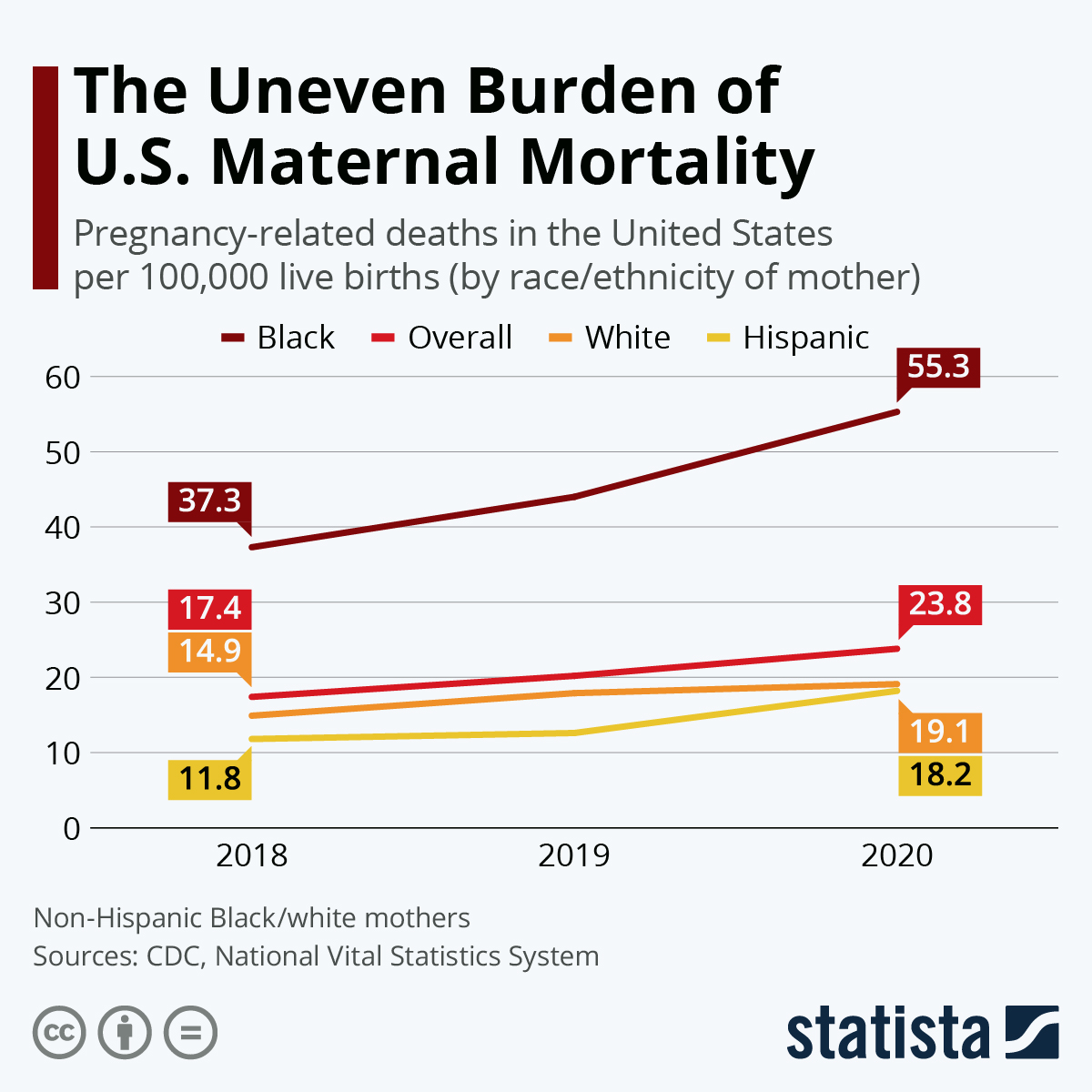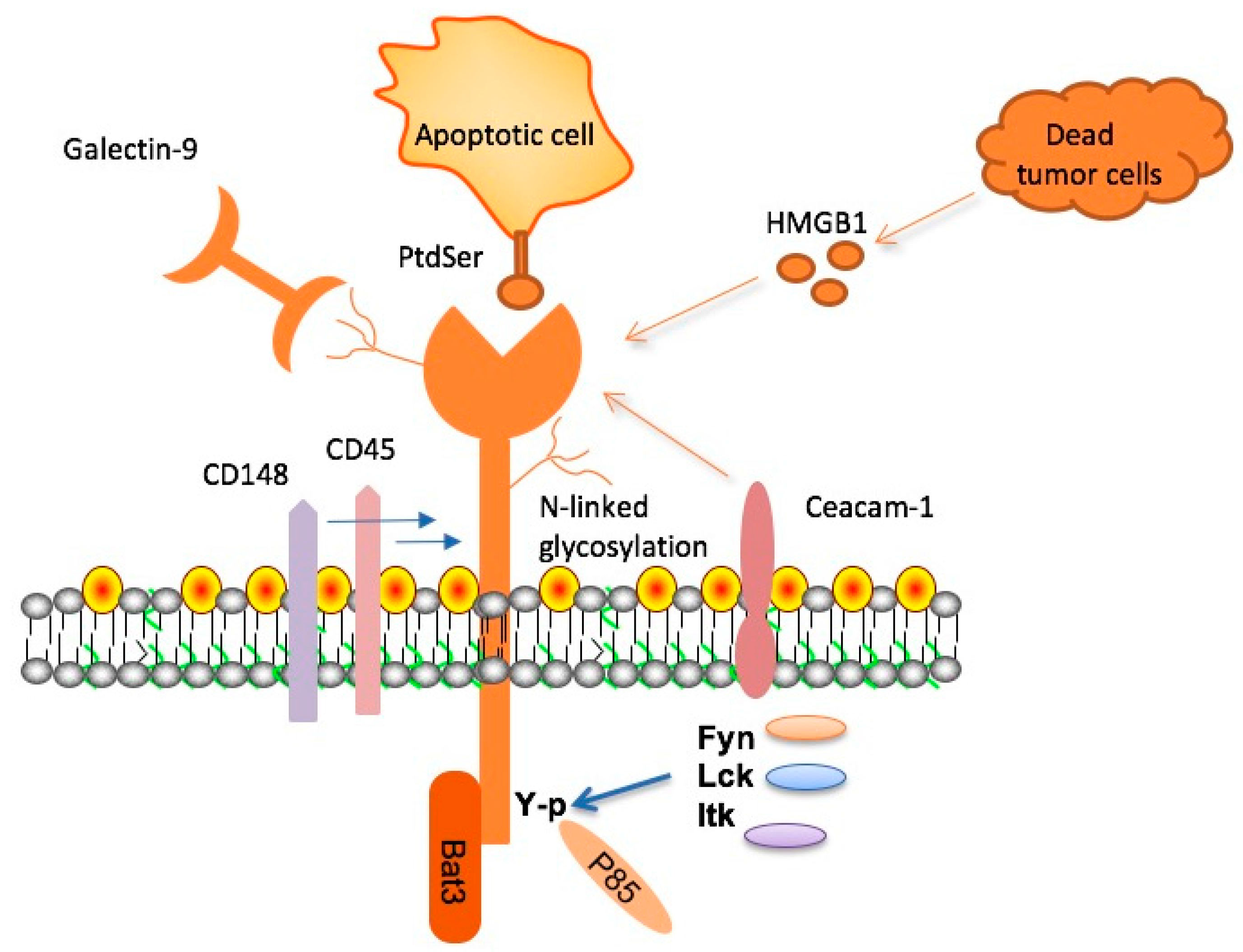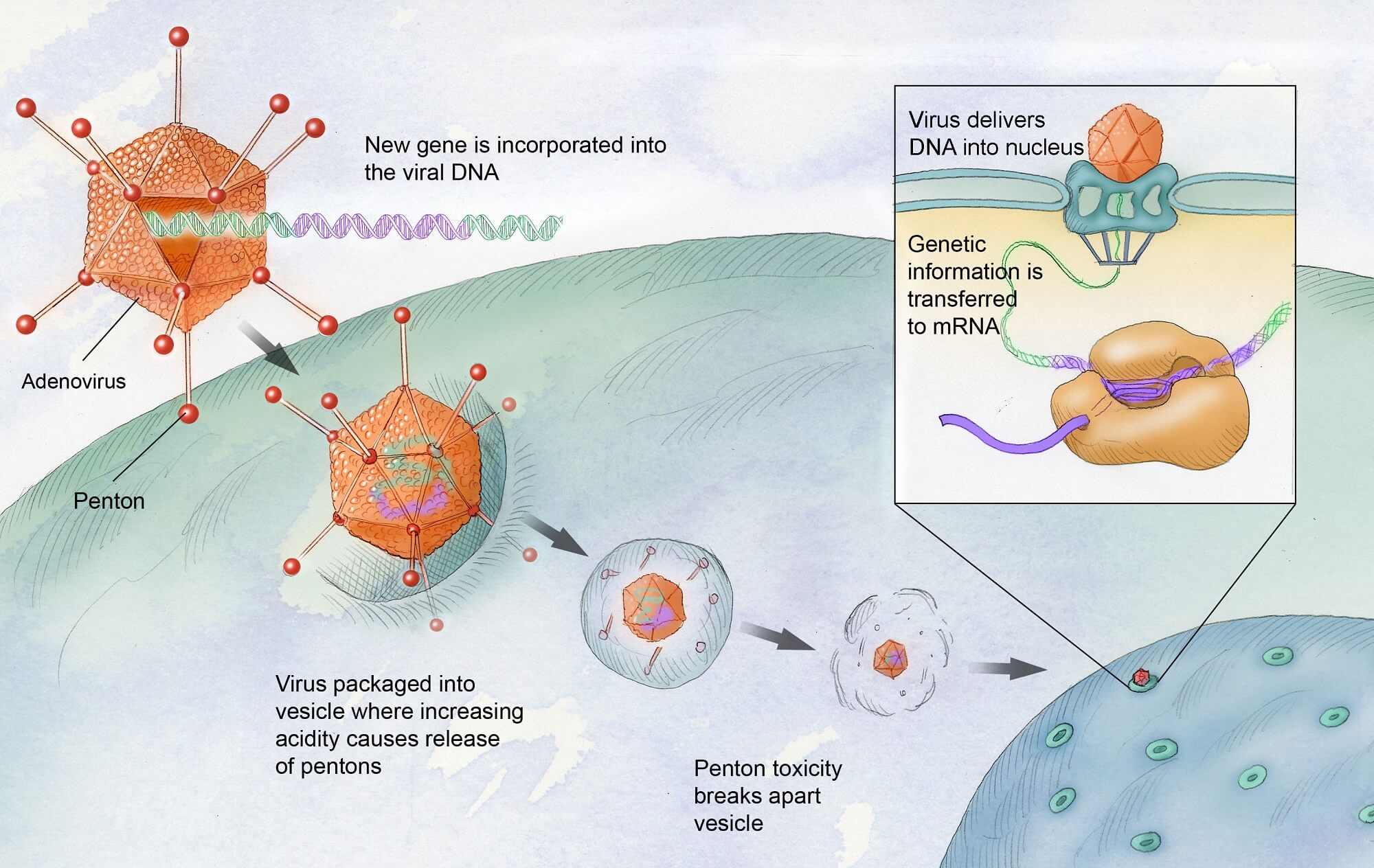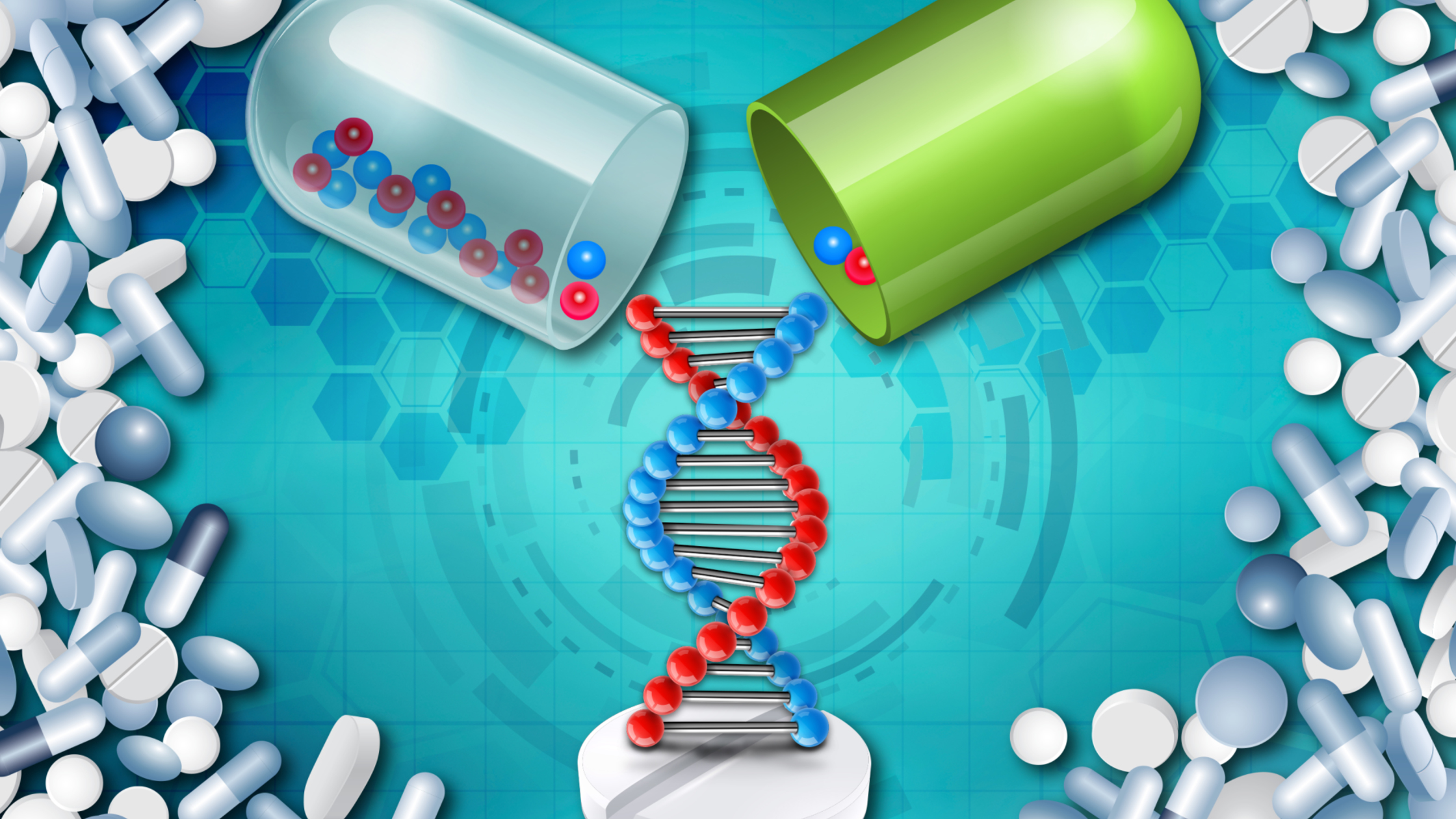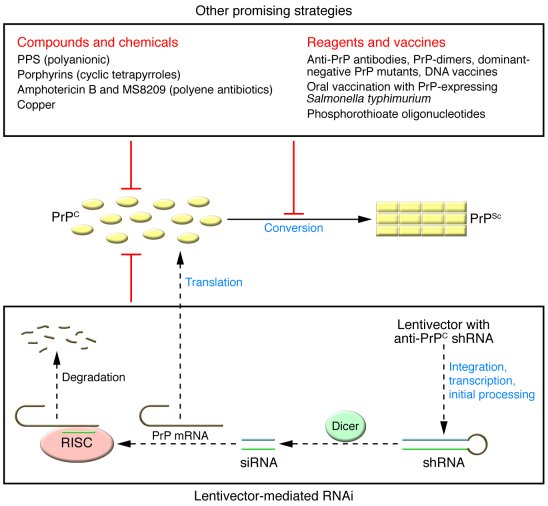In today’s tumultuous world, stress management in apocalyptic times is not just an abstract concept; it is a crucial survival skill. With the constant threat of climate disasters, pandemics, and rapidly developing technologies like AI, individuals are increasingly faced with surviving apocalyptic stress. The necessity of effective coping strategies for anxiety has never been more evident as we navigate these uncertain waters. Embracing community support during crises can provide relief and a sense of belonging, which is vital for mental health. Additionally, engaging in adventure during uncertainty can help individuals maintain perspective and foster resilience, turning fear into motivation.
Facing dire circumstances calls for a robust approach to dealing with anxiety and uncertainty, especially in an era marked by potential breakdowns in societal order. Effective strategies for battling stress become essential tools, helping individuals navigate through the challenges presented by global crises. The power of community cohesion cannot be understated, as it acts as a lifeline for those under duress. Exploring creative and adventurous avenues not only alleviates tension but also enhances our capacity for risk management in tough times. Ultimately, fostering collaboration and support among individuals is paramount for navigating the complexities of our contemporary apocalypse.
Understanding the Psychological Impact of the Apocalypse
The psychological impact of apocalyptic scenarios can be staggering, often leading to feelings of anxiety, hopelessness, and despair. In times of uncertainty, the human brain tends to focus on perceived risks, magnifying stress levels. Understanding this psychological shift is crucial for building effective coping strategies for anxiety. Recognizing the underlying factors that contribute to our stress during these tumultuous times helps us differentiate between true threats and our fears. As we navigate through the lens of survival, acknowledging our emotional responses can empower us to take control of our mental well-being.
Moreover, it is essential to cultivate resilience in the face of such overwhelming circumstances. Techniques such as mindfulness, journaling, and cognitive restructuring can help individuals process their emotions and reduce the overwhelming weight of survival stress. For instance, employing mindfulness practices allows us to ground ourselves in the present moment, while cognitive restructuring can aid in reframing negative thoughts associated with crisis. By actively engaging in these practices, we can mitigate the psychological ramifications and forge a more robust approach to our lives, which is paramount during apocalyptic times.
The Role of Community Support in Crisis Management
Community support emerges as a fundamental component in managing stress during apocalyptic scenarios. During times of crisis, reaching out to others not only provides a sense of belonging but also enhances our ability to cope with adversity. When individuals band together, they foster a culture of assistance and shared resources, which is vital in weathering through turbulent times. Engaging with community networks can create avenues for mutual aid relationships, enabling individuals to safely navigate the complexities of risk management in tough times. This interconnectedness strengthens our capacity to respond to challenges collectively.
Furthermore, the importance of social connections cannot be overstated; they serve as a buffer against the psychological toll of instability. Research shows that collective resilience can be built through collaborative activities, such as volunteering or participating in community events. These social engagements not only help relieve stress but also instill a sense of purpose and fulfillment. Emphasizing cooperation and shared experiences fosters a collective identity that can be incredibly beneficial for our mental health in apocalyptic times.
Coping Strategies for Anxiety During Uncertain Times
Diverse coping strategies are essential in effectively managing anxiety during unpredictable and apocalyptic scenarios. One effective approach is developing a structured routine. Engaging in daily activities can create a sense of normalcy amidst chaos, providing a counterbalance to anxiety. Simple practices like establishing regular exercise, nutritious eating, and sufficient sleep can lay the foundation for better emotional regulation and resilience. These habits not only combat physical stress responses but also enhance cognitive function, aiding in clearer decision-making during emergencies.
Moreover, incorporating elements of adventure into our lives can be transformative. Seeking experiences that fulfill our sense of curiosity and exploration can act as a natural antidote to anxiety, opening new pathways for enjoyment and growth. Adventure during uncertainty does not necessarily mean physical escapades; it can also include stepping out of our comfort zones by learning a new skill or exploring new hobbies. These activities not only alleviate stress but also allow us to cultivate a mindset of discovery, making the unknown feel more like an opportunity rather than a threat.
Embracing Adventure and Curiosity for Well-Being
Embracing adventure and curiosity amidst apocalyptic scenarios has significant benefits for mental health and stress management. By engaging with the world in new and exciting ways, individuals can shift their focus from fear to exploration. Curiosity fuels resilience; it encourages individuals to seek new experiences, learn from them, and adapt to evolving circumstances. Whether it be hiking in nature, taking up photography, or even diving into new literature, adventure sparks joy and ignites our imagination, serving as a valuable tool to combat stress.
Moreover, adventure can serve as a platform for social connection. Participating in group activities encourages sharing experiences, creating bonds that reinforce community support. These interactions allow individuals to discuss their feelings and fears openly, normalizing conversations about stress management during apocalyptic times. Through shared adventures, groups cultivate a sense of belonging that enhances emotional well-being and collective resilience in the face of uncertainty.
Gathering Information to Alleviate Unnecessary Stress
The process of gathering information becomes paramount for mitigating unnecessary stress in uncertain times. In the face of ambiguity, knowledge empowers individuals to discern between real threats and exaggerated fears. By taking the time to gather accurate data, we can avoid making hasty or irrational decisions driven by anxiety. Creating a habit of informed decision-making allows for more effective risk management in tough times, providing clarity and reducing the overwhelming sense of dread often experienced during apocalyptic scenarios.
However, it is crucial to know when to stop collecting information. The risk-assessment loop can lead to paralysis by analysis, exacerbating stress rather than alleviating it. Striking a healthy balance between remaining informed and taking decisive action is key. Techniques such as setting time-limits for information gathering can prevent getting stuck in uncertainty. This approach not only fosters confidence but also enables us to respond proactively to crises, turning anxiety into actionable strategies.
The Importance of Shifting Mindsets and Priorities
Shifting mindsets and setting priorities play pivotal roles in stress management during apocalyptic times. Often, we find ourselves overwhelmed by the weight of what we perceive as necessary obligations, leading to burnout and increased anxiety. By reevaluating our priorities, we can focus on activities that genuinely bring us joy and fulfillment, helping to cultivate a sense of peace even amidst chaos. This shift encourages individuals to engage in pursuits that nurture their inner child, enlivening a spirit of playfulness and curiosity that is essential for survival.
Additionally, adaptability is a crucial component in managing stress effectively. Rather than viewing challenges through a lens of defeat, a mindset that embraces change as an opportunity for growth can transform our experiences profoundly. By altering our perspective, we can see ourselves as active participants in shaping our realities rather than passive victims of an apocalyptic environment. This sense of agency over our circumstances fosters resilience and enhances our ability to cope with anxiety, allowing us to thrive rather than merely survive.
Creating Networks of Mutual Aid for Crisis Resilience
The formation of networks for mutual aid stands out as vital during times of crisis. These networks leverage community solidarity to create a safety net for individuals in need, offering resources and support that can alleviate stress during an apocalypse. By fostering relationships where individuals are willing to lend assistance, communities can empower members to share knowledge and experiences that help mitigate the impacts of uncertainty. This collaborative spirit is essential for building resilience amid adversity, as it transforms the challenge into a collective effort.
Moreover, engaging with mutual aid networks allows for the sharing of resources that can enhance crisis management. From sharing food and supplies to exchanging skills and expertise, these networks play a significant role in risk management during tough times. The idea that we can rely on each other not only strengthens community ties but also fosters a sense of belonging and emotional support. This collaborative approach to surviving apocalyptic challenges enhances our capacity to overcome obstacles, demonstrating that together, we can indeed create a bigger pie for all.
Understanding the Nature of Apocalypses and Our Responses to Them
Understanding the nature of apocalypses provides a profound insight into our collective responses during crises. Rather than perceiving apocalyptic events as mere endings, viewing them as revelations of underlying risks opens new pathways for adaptation and resilience. This perspective encourages individuals to see change as an opportunity for growth and learning, rather than a threat to existence. Through communal understanding of what constitutes an apocalypse, society can better prepare for and respond to the challenges posed by climate change, technological advancements, and other significant shifts.
Furthermore, embracing the diverse manifestations of apocalypses can foster a sense of preparedness and adaptability. Each crisis presents unique lessons and opportunities for individuals and communities to learn from their experiences. By examining past responses to crises, we can develop actionable frameworks that emphasize cooperation and resource-sharing. This continuous evolution of our strategies directly informs how we cope with future uncertainties, bridging the gap between our current realities and the apocalyptic scenarios we might face down the road.
Collaborative Approaches to Risk Management and Survival
Adopting collaborative approaches to risk management is essential for achieving survival during troubling times. A mindset that fosters collaboration encourages individuals to work together, leveraging each other’s strengths to create more comprehensive solutions to the complexities of apocalyptic scenarios. Examples of collaboration include forming task forces within communities to address specific challenges or pooling resources to create shared safety nets. These approaches not only cultivate resilience but also encourage innovation and creativity in problem-solving.
Additionally, fostering collaborative relationships nurtures a culture of empathy and support, which is crucial for psychological well-being. The shared experience of facing challenges together helps to build strong community bonds, enabling individuals to feel understood and supported in their struggles. This emotional resilience bolsters overall community well-being, making it easier to weather the storm of uncertainty that comes with apocalyptic life.
Frequently Asked Questions
How can I effectively manage stress during apocalyptic times?
Managing stress during apocalyptic times involves gathering information to discern real threats from perceived ones. Utilize coping strategies for anxiety that include mindfulness practices, engaging in community support during crises, and maintaining a balanced perspective on risks. It’s essential to take action rather than getting stuck in a loop of risk assessment.
What are some effective coping strategies for anxiety in apocalyptic scenarios?
Coping strategies for anxiety in apocalyptic times include practicing mindfulness and meditation, engaging in physical activity, and building strong community support networks. Additionally, incorporating elements of curiosity and playfulness into daily life can help alleviate stress and promote mental wellness.
How can community support during crises help in surviving apocalyptic stress?
Community support during crises is vital for surviving apocalyptic stress, as it fosters a sense of belonging and shared experience. Collaborative efforts can create strong social bonds that provide emotional and practical assistance, helping individuals cope better with uncertainty and fear.
What role does risk management in tough times play in stress management?
Risk management in tough times is crucial for managing stress, as it helps individuals identify genuine threats and avoid unnecessary anxiety. Understanding potential risks from multiple perspectives allows for better decision-making and action, ultimately reducing stress levels associated with perceived dangers.
What adventures can mitigate stress during uncertain apocalyptic times?
Engaging in adventures during uncertain apocalyptic times, such as exploring nature, volunteering in communities, or creative hobbies, can significantly reduce stress levels. These activities stimulate curiosity and engagement, fostering a positive mindset and resilience against anxiety.
| Key Points |
Details |
| Managing Stress in Apocalyptic Times |
Athena Aktipis emphasizes the importance of gathering information to distinguish between real threats and what can be ignored. |
| Community and Cooperation |
Forming connections and mutual aid relationships can enhance resilience during crises. |
| Curiosity and Playfulness |
Fostering a childlike spirit through humor, storytelling, and socializing helps cope with anxiety. |
| Horizon of Risks |
Understanding risks through diverse perspectives enables better preparedness and adaptability. |
| Avoid Zero-Sum Mindset |
Collaborating for shared benefits is essential instead of competing for limited resources. |
| Social Bonding |
Utilizing social structures like Osotua can foster communal support systems. |
Summary
Stress management in apocalyptic times is crucial for survival and well-being. As we navigate through a world fraught with uncertainty and anxiety, key strategies such as fostering community connections, embracing adventure, and changing our mindset can help us manage stress effectively. By gathering information, encouraging collaboration instead of competition, and nurturing our playful side, we can not only survive but thrive during challenging times. By focusing on social bonds and mutual aid, we turn potential crises into opportunities for growth and resilience.
